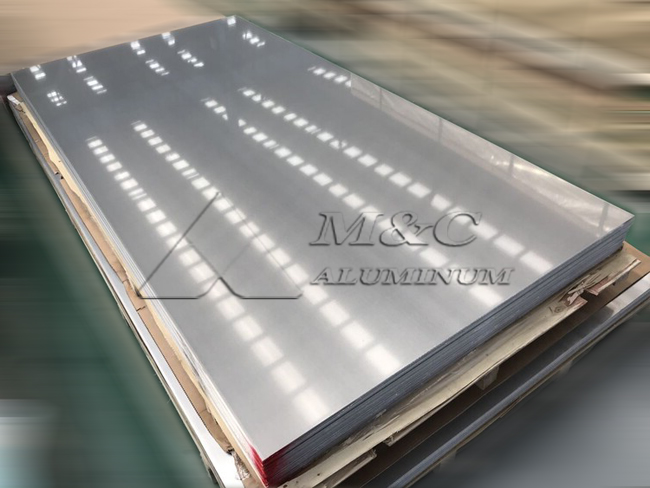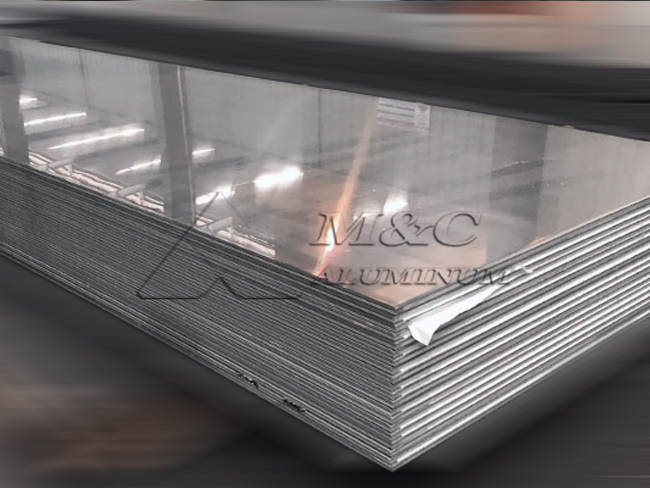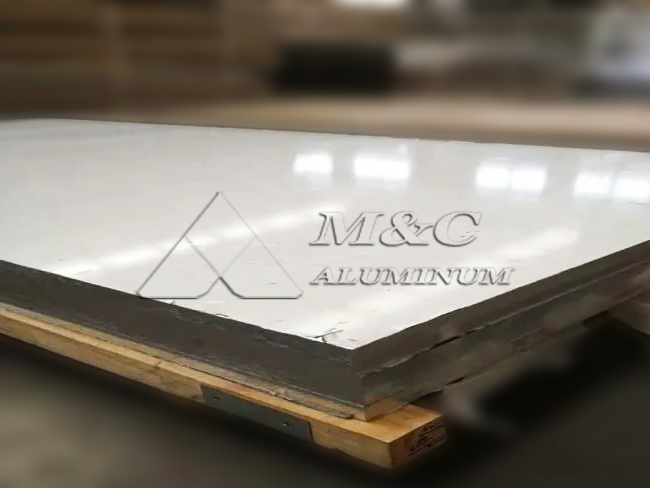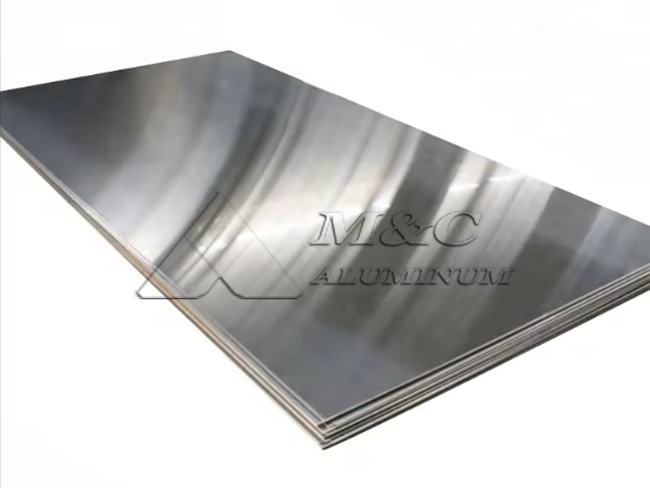When it comes to building aluminum alloy boats, selecting the right material is crucial to ensure performance, durability, and safety. Marine-grade aluminum alloys mainly from the 5000 and 6000 series, such as 5083, 5086, and 6061-are the preferred materials for modern vessels. These alloys maintain stable mechanical and corrosion-resistant properties even in high-salinity, high-humidity marine environments, while significantly reducing vessel weight, improving speed, and lowering fuel consumption. They are, therefore, the ideal materials for manufacturing high-performance marine vessels.
Depending on their properties, different alloys are used for various parts of the ship, such as decks, hull sides, bottom plates, engine bases, keels, and chimneys. The use of aluminum alloys in shipbuilding not only reduces weight and enhances safety and carrying capacity but also brings notable economic and environmental benefits.
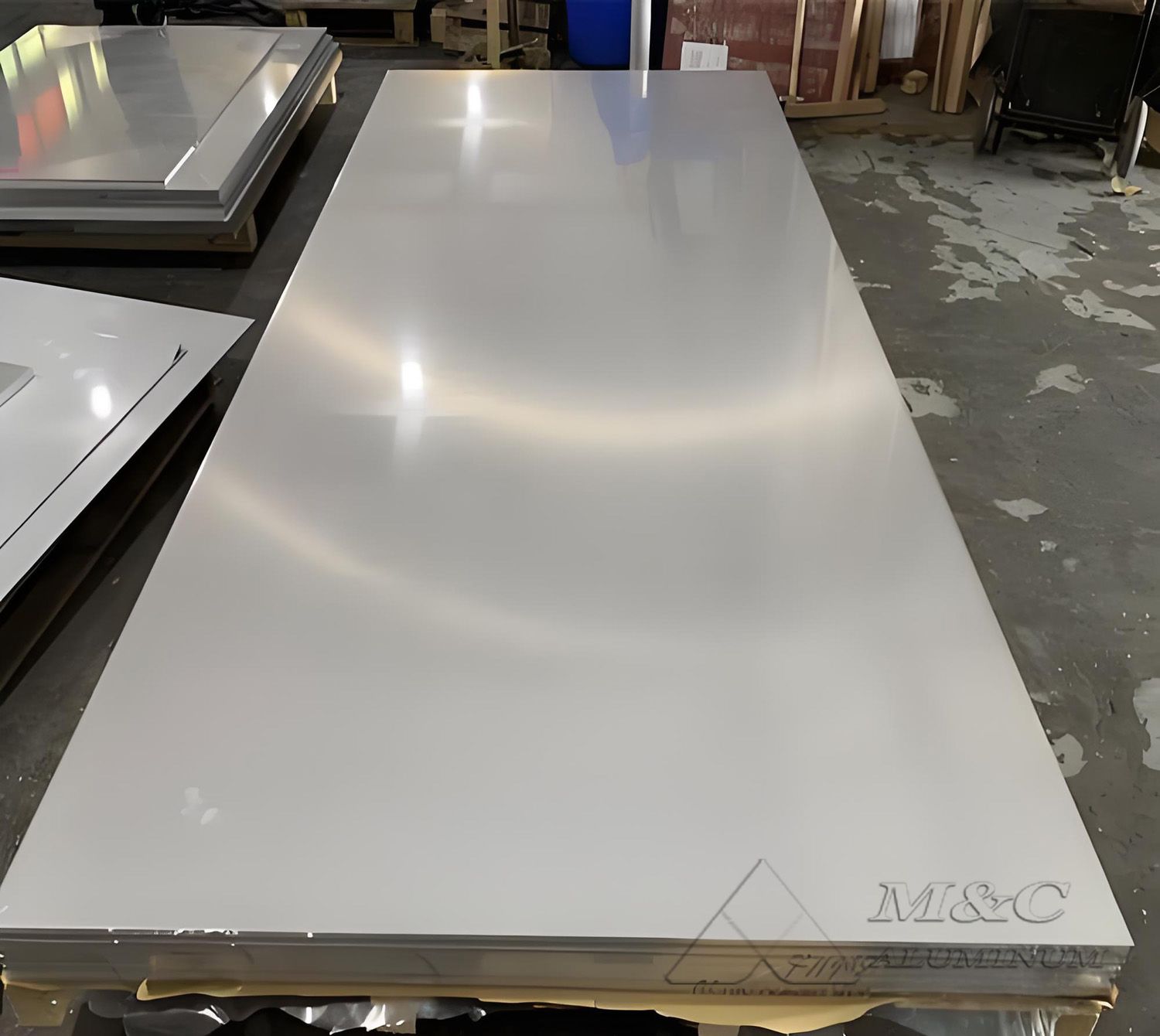
Marine Aluminum Alloys
5083 Marine Aluminum Alloy
5083 is renowned for its exceptional corrosion resistance-even under severe marine conditions, it maintains high strength. It also offers excellent post-weld strength and tear resistance, making it particularly suitable for hull construction. In simple terms, 5083 aluminum is extremely durable and performs reliably in harsh ocean environments.
5086 Marine Aluminum Alloy
5086, another high-magnesium alloy, has slightly lower magnesium content than 5083, providing moderate strength and corrosion resistance. It offers excellent formability and bendability, making it ideal for medium- and small-sized boats, hull side panels, or structures where extremely high strength is not required.
6061 Marine Aluminum Alloy
6061 is a heat-treatable aluminum-magnesium-silicon alloy. After T6 treatment, it exhibits high yield strength, outstanding weldability, and good machinability. It is widely used in masts, superstructures, pipelines, and extruded profiles rather than the main hull structure.
Marine aluminum sheets and profiles are commonly supplied in H116, H321, or T6 tempers, ensuring internal stress relief and enhanced resistance to stress corrosion cracking.
Key Advantages of Marine-Grade Aluminum Alloys
Compared with traditional steel or fiberglass materials, marine-grade aluminum alloys offer several irreplaceable advantages:
1. Lightweight Design: Aluminum's density is about one-third that of steel, reducing vessel weight by over 40%, improving speed, and reducing fuel consumption.
2. Superior Corrosion Resistance: Forms a compact oxide film on the surface, resisting seawater and electrochemical corrosion.
Excellent Fabrication and Formability: Easy to cut, bend, weld, and polish-ideal for complex hull geometries.
3. Low Maintenance Costs: No frequent anti-rust treatments required, providing long-term economic benefits.
4. High Strength & Safety: Offers excellent impact toughness and weldability, meeting the structural strength requirements under complex sea conditions, thereby improving vessel safety.
5. Eco-Friendly & Recyclable: Fully recyclable and compliant with modern energy-saving and emission-reduction standards in shipbuilding.
Manufacturing Process of Marine Aluminum Alloys
Marine-grade aluminum plates are typically produced using the hot rolling process (DC casting and rolling) to ensure dense microstructure, fine grain size, and uniform mechanical properties.
The standard production process includes:
Aluminum Ingot
Billet Heating
Hot Rolling
Solution Treatment
Stretch Straightening
Artificial Aging
Inspection
Finished Product
Through strict heat treatment and straightening procedures, the final plates exhibit excellent flatness and superior weldability, allowing for direct application in welded ship structures.
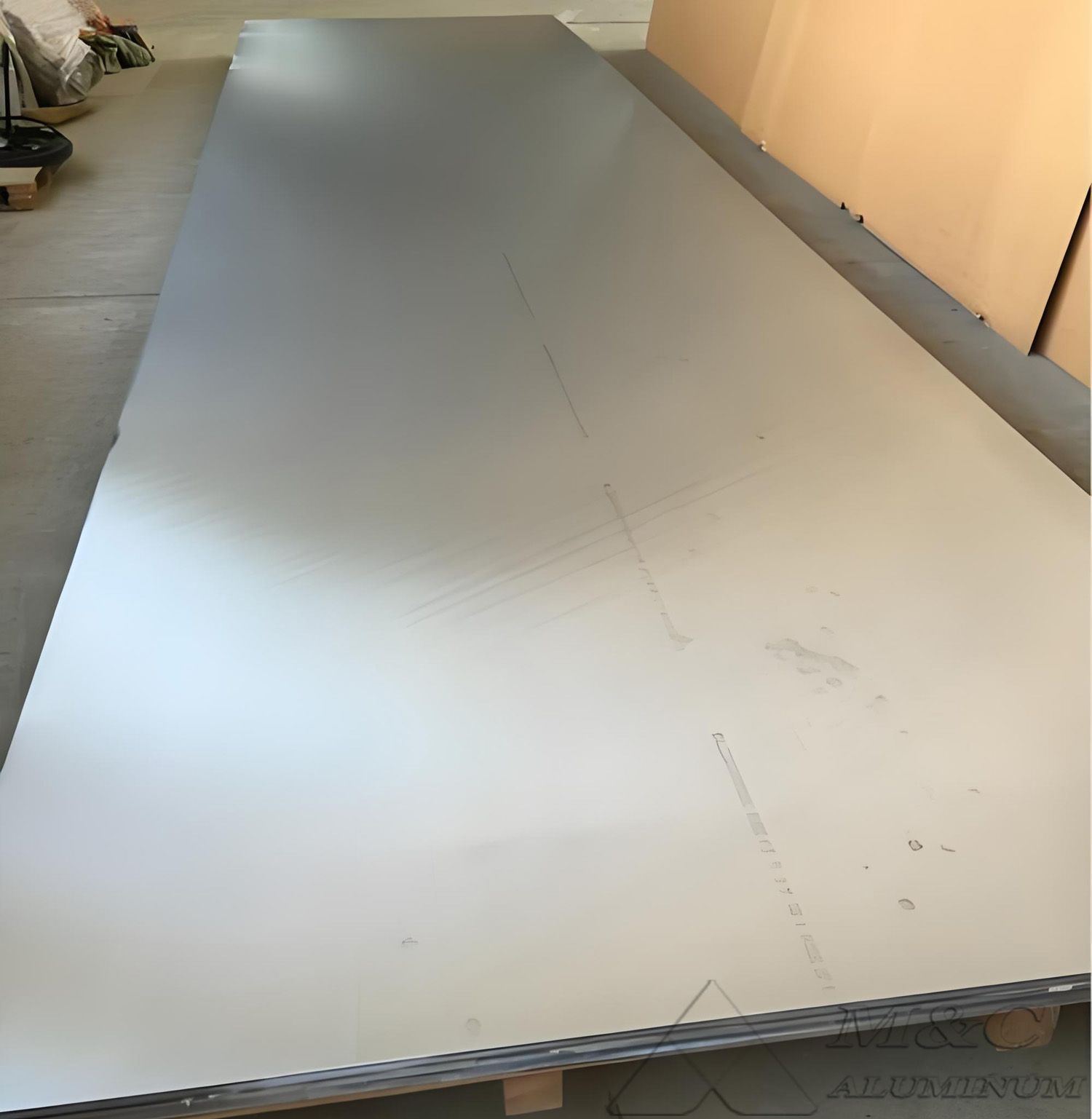
Corrosion Protection for Marine Aluminum Alloys
Although aluminum alloys naturally resist corrosion, prolonged exposure to seawater or other electrolytes still requires additional protective measures to extend the vessel's service life. Common protection methods include:
1. Sacrificial Anode Protection: Installing zinc or zinc-alloy blocks on the hull; these anodes corrode preferentially to protect the aluminum body.
2. Protective Coatings: Applying specialized marine-grade anti-corrosion paints to form a barrier that prevents direct contact between seawater and aluminum.
3. Galvanic Corrosion Control: Using isolation techniques when aluminum is in contact with dissimilar metals such as stainless steel or copper to prevent electrochemical corrosion.
4. Cladding Protection: Adding a low-magnesium outer cladding layer to the base aluminum alloy to further enhance corrosion resistance.
Original Source: https://www.marinealum.com/a/unveiling-the-secrets-of-aluminum-alloys-in-boat-and-shipbuilding.html
Tag: marine aluminum alloy marine-grade aluminum 5083 marine aluminum 5086 marine aluminum 6061 marine aluminum marine aluminum plate marine aluminum sheet 5 series marine aluminum alloy 6 series marine aluminum alloy marine aluminum profiles marine a

